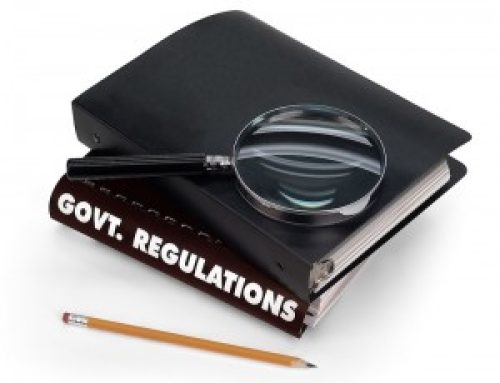Compliance programs have become mandatory, under the Affordable Care Act,. To have an effective review programs, according to the ACA, an organization “shall (1) exercise due diligence to prevent and detect criminal conduct; and (2) otherwise promote an organizational culture that encourages ethical conduct and a commitment to compliance with the law.
Compliance officers (COs) are stepping up their efforts to evaluate monitoring effectiveness in light of the health reform law’s mandate, which will make programs a condition of Medicare and Medicaid participation, and the HHS Office of Inspector General’s Medicare reviews, which include hospital programs.
With the government looking over their shoulders, theses COs are trying to find the best ways to reduce risk in their organizations through processes, and to demonstrate that risk has been reduced through outcomes. An effective process review program encompasses seven fundamental components: policies and procedures; management oversight; education and training; and reporting; enforcement and discipline; auditing and monitoring; and remedy and corrective action. However, the pivotal factor in any program is employee buy-in and behavior.
Compliance programs can have solid structure and well-defined process which covers the principles of acceptable compliance such as discrimination and harassment, confidentiality, reporting illegal or unethical behavior, and licensing and professional credentialing. Yet, even mature compliance programs have a long way to go in the effectiveness-evaluation department, according to compliance officers, who are starting to look outside the box for ways to determine their impact on the organization.
Design is good, but organizations need to know what difference is being made, and if an impact is being made on employee behavior and the organization’s culture. A compliance program should have full integration, not just focus on specific areas. Additionally, another step would be valuable in the review model: a measurement of the change created.
For example, an error is identified and fixed, and a corrective action plan is implemented and reported to the board. But did it change anyone’s behavior? Is anyone monitoring the corrective action plan? If the error recurs, is a root cause analysis conducted to find out why behavior didn’t change? Most people in the compliance world do auditing/monitoring and corrective action plans, but accountability regarding the change mage would go a long way in strengthening compliance programs.
Furthermore, employee behavior is a significant indicator of buy-in and overall program effectiveness. The goal is for employees to call the compliance office before there’s a problem, for their awareness to increase. Culturally, it is so important for compliance to permeate as a value.







